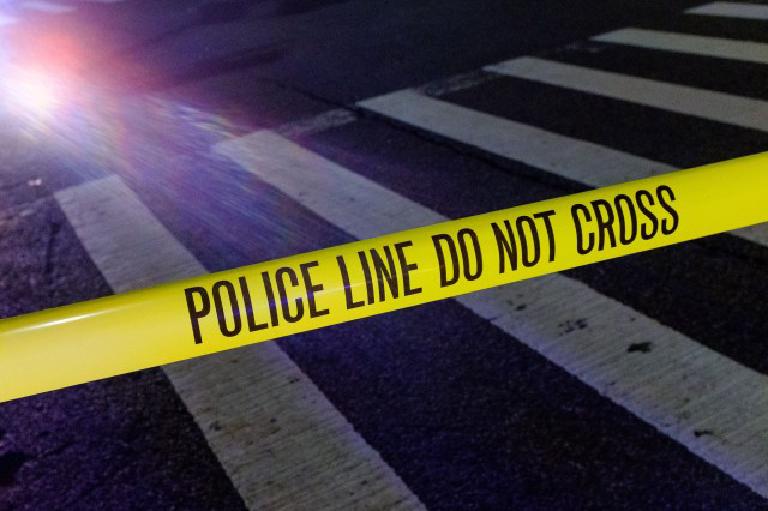Week of Mar 2
His Final Walk
Chaosheng Wu was 80. He lived in Dongan Hills, Staten Island. On March 7, he left his home and walked toward Hylan Boulevard. A block away, a driver in a Ford Edge struck him. Paramedics rushed him to Staten Island University North Hospital, but the damage was too severe. He died there.
The driver, a 65-year-old woman, stayed at the scene. No charges were filed. The city moved on.
A City That Fails Its Elders
Wu’s death was the first traffic fatality this year in Staten Island’s 122nd Precinct. It will not be the last. Seniors are among the most vulnerable pedestrians. Their bodies break easier. Their reflexes are slower. But the streets do not slow down for them.
The city knows this. It has known for years. And yet, it moves too slowly to protect them.
The Silence After Death
There was no press conference. No city official stood at the intersection where he was killed. No one promised change. The city moved on, as it always does.
There were 1,555 crashes in New York City this week. Two people died. Eighteen suffered serious injuries—crushed limbs, paralysis, wounds that will never fully heal. Wu was one of them.
The city has tools that work—lower speed limits, raised crosswalks, hardened daylighting. But it does not act fast enough. And seniors keep dying.
How Many More?
Wu should still be alive. He should have made it across the street. He should not be another name in a growing list of victims.
New York must act. Lower speed limits. Enforce right-of-way laws. Redesign streets so elders like Wu can cross safely. Because if we don’t, another senior will die. And another. And another.
Take action now. Because if the city won’t protect its elders, who will?
Citations
- Man, 80, fatally struck a block from Staten Island home by SUV driver, NY Daily News, Published 2025-03-10
- Driver fatally strikes 80-year-old Staten Island man a block from his home, police say, Gothamist, Published 2025-03-10
- Motor Vehicle Collisions - Crashes, NYC Open Data, Published 2025-03-26
- Motor Vehicle Collisions - Persons, NYC Open Data, Published 2025-03-26
